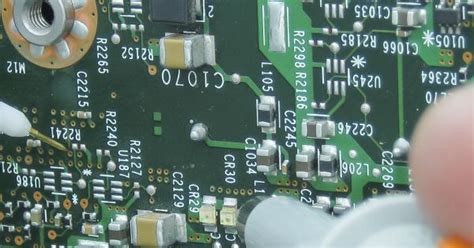
Microwave Circuit Board Material: Stable, Low Tangent PCB Laminates for High-Power Applications
Introduction to Microwave PCB Laminates In the world of high-frequency electronics, particularly in the microwave domain, the choice of printed circuit board (PCB) material is[…]
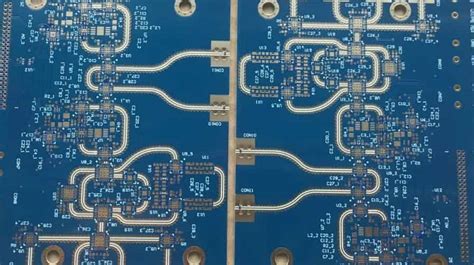
RF/Microwave PCB Design & Layout Guide
Understanding the Basics of RF PCB Design What is RF PCB Design? RF PCB design involves the creation of printed circuit boards that operate at[…]
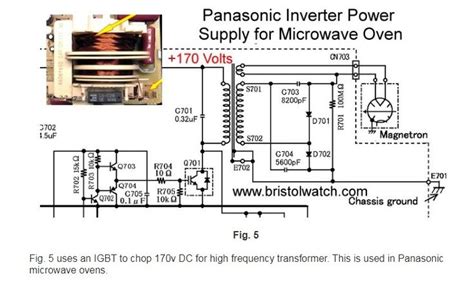
What are the elements of a microwave circuit?
Key components of a microwave circuit 1. Transmission lines Transmission lines are the backbone of any microwave circuit, serving as the conduits for high-frequency signals.[…]
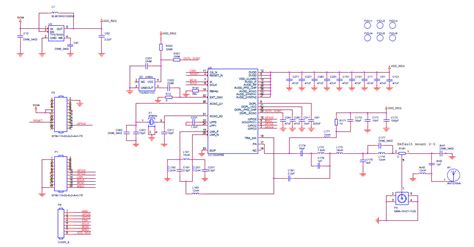
How should we arrange a board if we have an RF circuit on the same board as our digital circuits?
Introduction to RF-Digital Layout When designing a printed circuit board (PCB) that incorporates both radio frequency (RF) and digital circuits, careful consideration must be given[…]
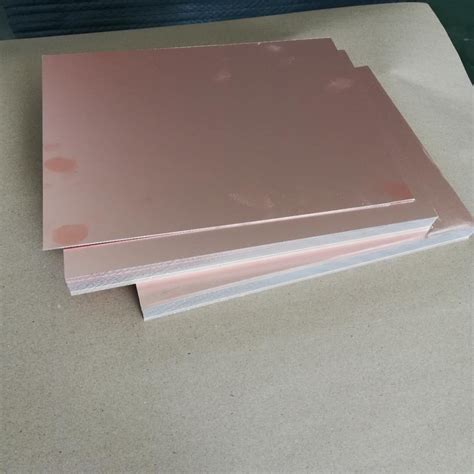
A Must Read: PCB Material Guide
Introduction to PCB Materials Printed Circuit Boards (PCBs) are the backbone of modern electronics. They provide the foundation for interconnecting electronic components and enable the[…]
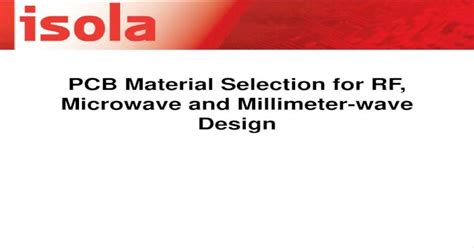
PCB Material Selection for RF,Microwave and Millimeter-wave Design
Introduction to PCB Material Selection Printed Circuit Board (PCB) material selection is a critical aspect of designing high-frequency circuits for RF, microwave, and millimeter-wave applications.[…]
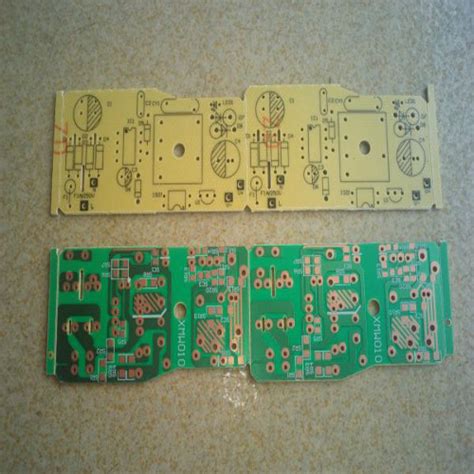
94v0 Circuit Board Diagram- Key Features and Applications
Introduction to 94v0 PCBs 94v0 PCBs, also known as 94v0 printed circuit boards, are a type of PCB material that meets the UL94V-0 flammability rating[…]
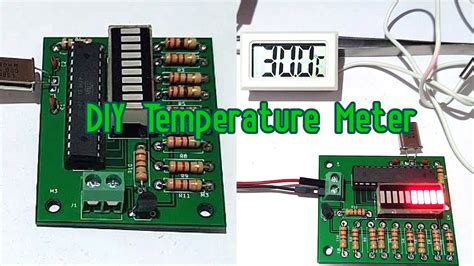
PCB Temperature: A Guide to How to Manage High Temperatures
Introduction Printed Circuit Boards (PCBs) are the backbone of modern electronics, found in almost every electronic device we use today. They provide a platform for[…]

16 Steps On Microwave PCB Design
Step 1: Define Your Requirements Before starting the design process, clearly define your requirements, including the operating frequency, power handling capability, signal integrity, and physical[…]

Factors that Influence a High Frequency PCB Design
Understanding High Frequency Signals Before diving into the factors that affect high frequency PCB design, it is essential to understand the nature of high frequency[…]